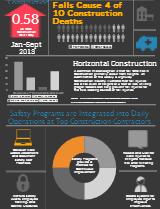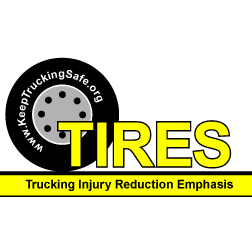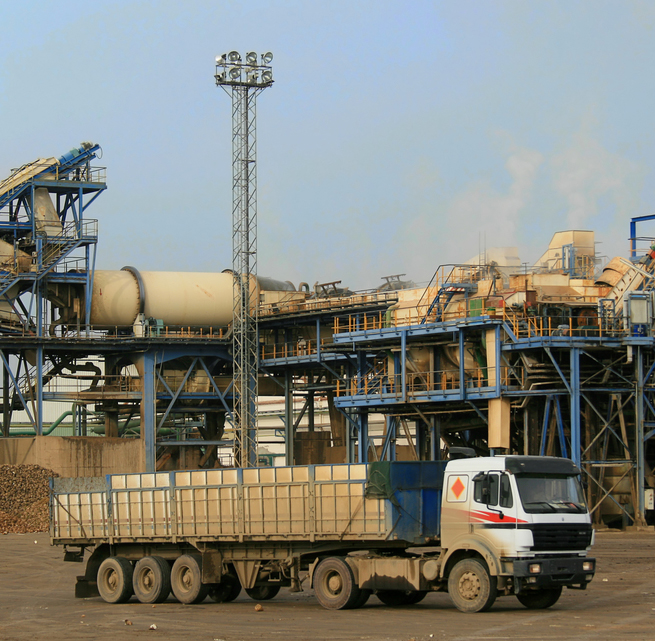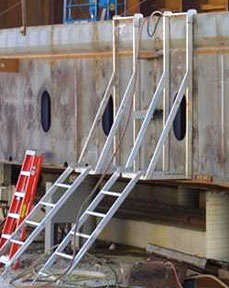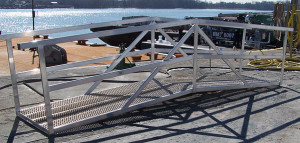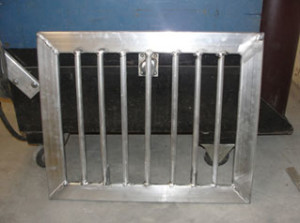The 2014 fiscal year marks the completion of MAP 21, the Moving Ahead for Progress in the 21st Century Act. The act provides funding for surface transportation programs and has been a landmark achievement for improvements in infrastructure and safety in the United States.
The Federal Highway Administration published an update to the status of MAP 21 activities in October in preparation for the coming year. MAP 21 is set to end in September 2014. The following summary highlights the achievements of the program, with respect to topics relevant to highway construction, the trucking industry, and work zone safety.
- Infrastructure
- Program Guidance
- National Highway Performance Program
- Surface Transportation Program
- Emergency Relief Program
- Appalachian Development Highway System
- Ferry boats
- Territorial and Puerto Rico Highways
- Guidance on infrastructure topics:
- Asset management
- National Highway System design standards
- Construction management/general contractor contracting method
- Buy America (including impact on utility relocations)
- Stewardship and oversight
- Collection of element-level bridge data
- Interstate access justifications
- Strategy, schedule, and outreach on performance management
- Supplemental notice of proposed rulemaking on National Tunnel Inspection Standards
- Guidance and notice of proposed rulemaking (NPRM) on value engineering
- Program Guidance
- Safety
- Guidance on safety programs and related topics:
- Highway Safety Improvement Program (HSIP) eligibility and reporting
- Strategic Highway Safety Plan (SHSP)
- High Risk Rural Roads
- State safety data systems
- Penalty transfer provisions
- Older road users
- Railway-highway crossings
- Guidance on safety programs and related topics:
- Freight
- Process for development of National Freight Network
- Guidance on freight-related topics:
- Higher Federal share for freight projects
- State freight advisory committees and plans
- Guidance and best practices re: special permits in emergencies
For a complete list of MAP 21 initiatives, visit the FHWA website at http://www.fhwa.dot.gov/map21.
